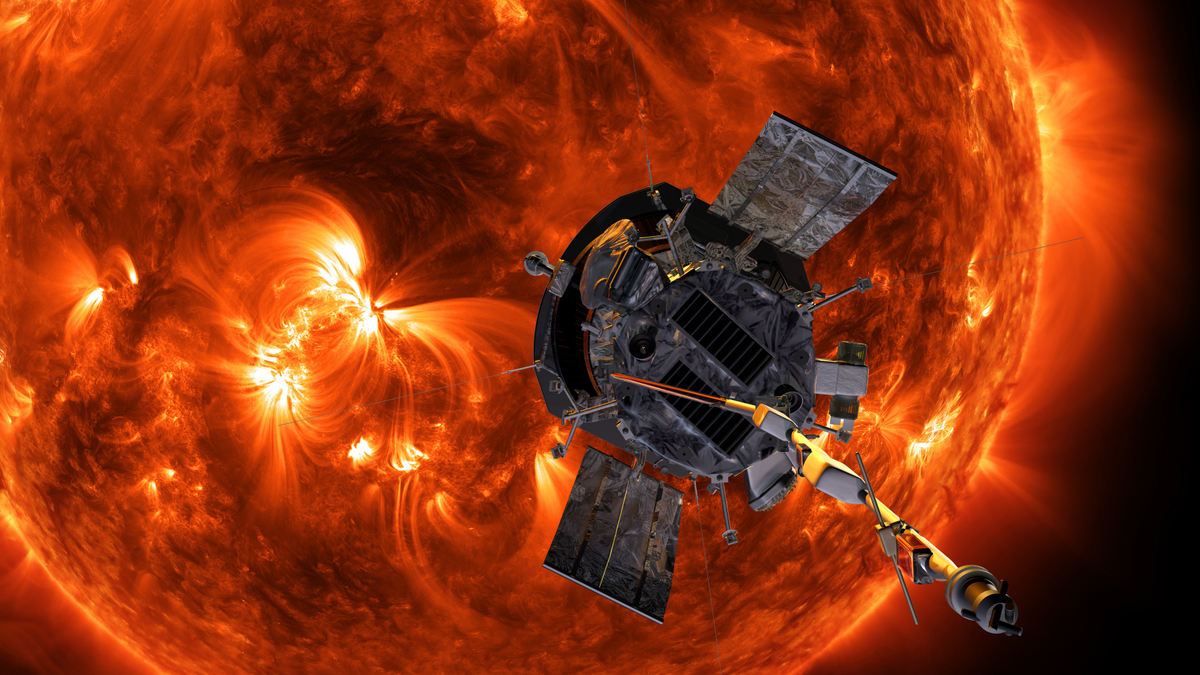NASA's Parker Solar Probe blasts off on its mission to the Sun
NASA's Parker Solar Probe blasts off from Cape Canaveral on its mission to the Sun.
NASA’s Parker Solar Probe is set for a close flyby of Venus that will see the spacecraft come within 516 miles of the planet’s surface.
The spacecraft, which is almost two years into an epic mission to study the sun, will make its flyby of Venus at 11.22 p.m. EDT on Friday, Space.com reported.
“The spacecraft will swoop by Venus for its first outbound flyby of the planet. This is when Parker Solar Probe will perform its third Venus gravity assist, which will allow the spacecraft to shed some of its orbital energy and get much closer to the Sun on the following orbit,” explains NASA, on its website.
“Flying at an altitude of approximately 516 miles above Venus’ surface — much lower than the previous two flybys but still well above Venus’ atmosphere — Parker Solar Probe will also witness a brief 11-minute solar eclipse during the maneuver."
STUNNING NASA TIME-LAPSE VIDEO SHOWS 10 YEARS IN LIFE OF SUN
“All four instrument suites will be on and collecting data about the near-Venus environment and the planet’s night side during the flyby,” NASA adds.

Artist's impression of NASA's Parker Solar Probe. (Steve Gribben/NASA/Johns Hopkins APL)
NASA’s $1.5 billion Parker Solar Probe mission has taken humanity closer to the sun than ever before and the spacecraft is helping scientists shed new light on the star. The mission launched in 2018.
Scientists have observed bursts of energetic particles never seen before on such a small scale, as well as switchback-like reversals in the out-flowing solar magnetic field that seem to whip up the solar wind. The unexpected phenomenon has been compared to the cracking of a whip.
NASA'S PARKER SOLAR PROBE BLASTS OFF ON EPIC JOURNEY TO 'TOUCH THE SUN'
Researchers said they also finally have evidence of a dust-free zone encircling the sun. Farther out, there's so much dust from vaporizing comets and asteroids that one of 80 small viewfinders on one instrument was pierced by a grain.
CLICK HERE TO GET THE FOX NEWS APP
To withstand the heat of nearly 2,500 degrees Fahrenheit, the probe is protected by a special 4.5-inch-thick carbon-composite shield.
The Associated Press contributed to this article.
